Use Sun Exposure To Plan Your Garden
As an Amazon Associate and member of other affiliate programs, I earn from qualifying purchases.
Even if you have never gardened or grown anything before, you can grow food in a home garden. But if you are very new to growing then you should first consider your growing zone and the sun exposure in your growing area.
Know your plant hardiness zone
The USDA publishes a map with growing zones. Click here to learn your growing zone. When buying seeds or plants, there will be a reference to the hardiness zone that will indicate how well the plant tolerates extremes of heat and cold. So knowing your hardiness zone is vital to narrowing down what plants do well in your area.
Next, you will need to determine the growing conditions for your garden. Figure out how much sun you get in the sunniest part of your garden and in the shadiest part. You can start to understand sun exposure by figuring out which direction your growing area faces.
North facing sun exposure
North facing patios will get the most shade. Many vegetables will struggle with this, but all hope is not lost. You can grow on a north facing patio if you are getting at least 3 or 4 hours of sun.
Lettuce, Arugula, Kale, even mint, oregano, and chives will do well on 3 or 4 hours of sun.
Get heirloom seeds for your garden here.
If you live in a very hot climate, having a partial shade growing area is ideal for growing lettuce and leafy greens in the hot summers.
For shady gardens, consider adding greenhouse where you can hang artificial grow lights. We start our plants in a simple 6 x 10 greenhouse. Sure we’d love to have a larger one, but we are getting by just fine with our little one. It was a moderate investment at around $1000 for the kit, but we have been using it for several years.
East facing sun exposure
If your garden is turned toward the east, you will get the glorious morning sun and afternoon shade. This is a great area for growing carrots, beets, and leafy greens who enjoy some sun, but are sensitive to the hot afternoon rays. And with at least 6 hours of sun, you will be able to get some peppers and tomatoes growing in this area.
Where it is feasible, using a mirror to reflect the sun can prolong your growing time.
South facing sun exposure
South facing patios will get the most sun. This makes them ideal for growing vegetables.
In the heat of the summer, however, these areas will need the most attention to prevent drying out. Especially plants that are growing in containers.
At our house, we have some peppers and herbs in 20 gallon pots near the front door. It is super convenient for harvesting as needed, but they are in direct sun all day. These guys are going to be sucking up water like crazy.
If we miss a day or are lazy about watering for one day, they will begin to wilt. Sometimes, I have to stop doing whatever I’m doing and force myself to go water the container plants. Even if I have to go pee. I have to make it a priority, or they will not give me peppers.
A cool tip: we have grown spinach through the heat of the summer by planting them under an a-frame trellis covered in cucumber vines.
West facing sun exposure
West facing gardens will get evening and afternoon sun. If you get 6 or more hours of sun, you will have good luck planting tomatoes, peppers, and squash in this garden.
Like south facing gardens, it can get too hot for some vegetables in a west facing garden. Make sure to provide shade to cool and protect plants like spinach in your garden.
Factors that affect sun exposure
When watching your garden area, factor in the effect trees, houses, and other buildings have on the sun exposure in your garden. Don’t forget that the sun will be slightly different at different times of the year. You can’t map your sun exposure in winter and apply that to your summer garden. This is when using the directional guidelines is most helpful. You don’t want to waste a growing season watching the sun-just guestimate it and learn how to improve for next year’s garden.
Once you have a garden plan using, go purchase seed and check out our seed starting post to get a jump start on the season. And find out which seeds you can just drop and grow.
How does your garden grow? Please leave us a comment! We would love to hear how you compensate for sunlight challenges in your garden!


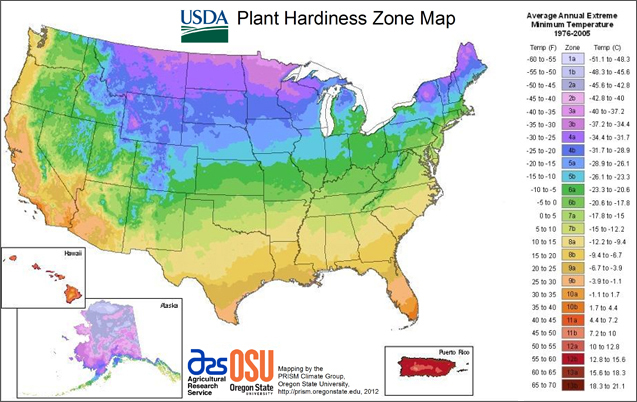
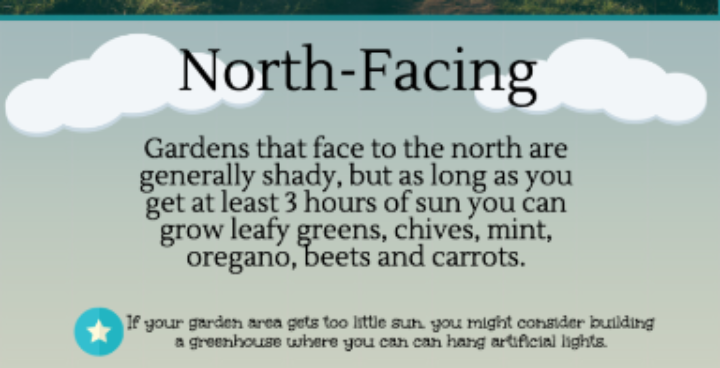

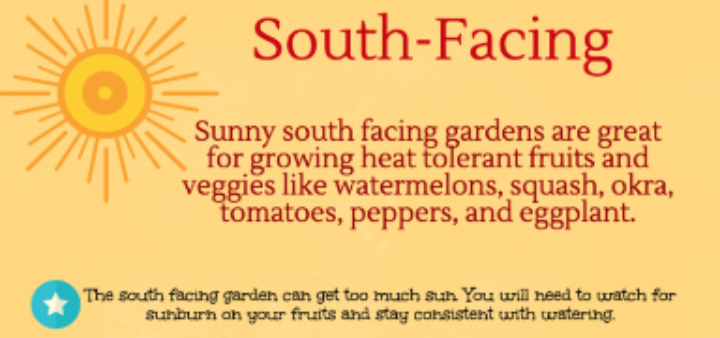
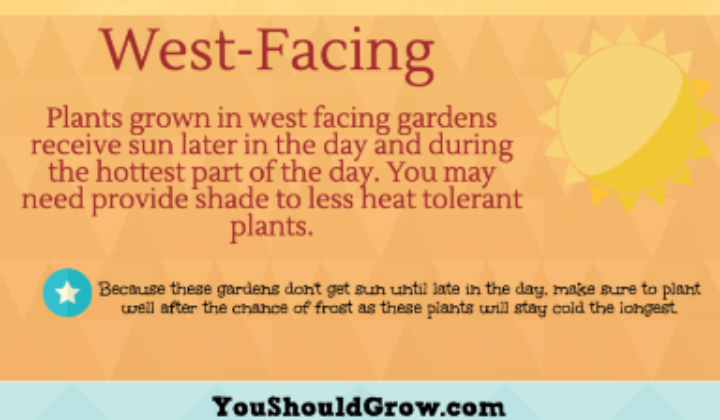
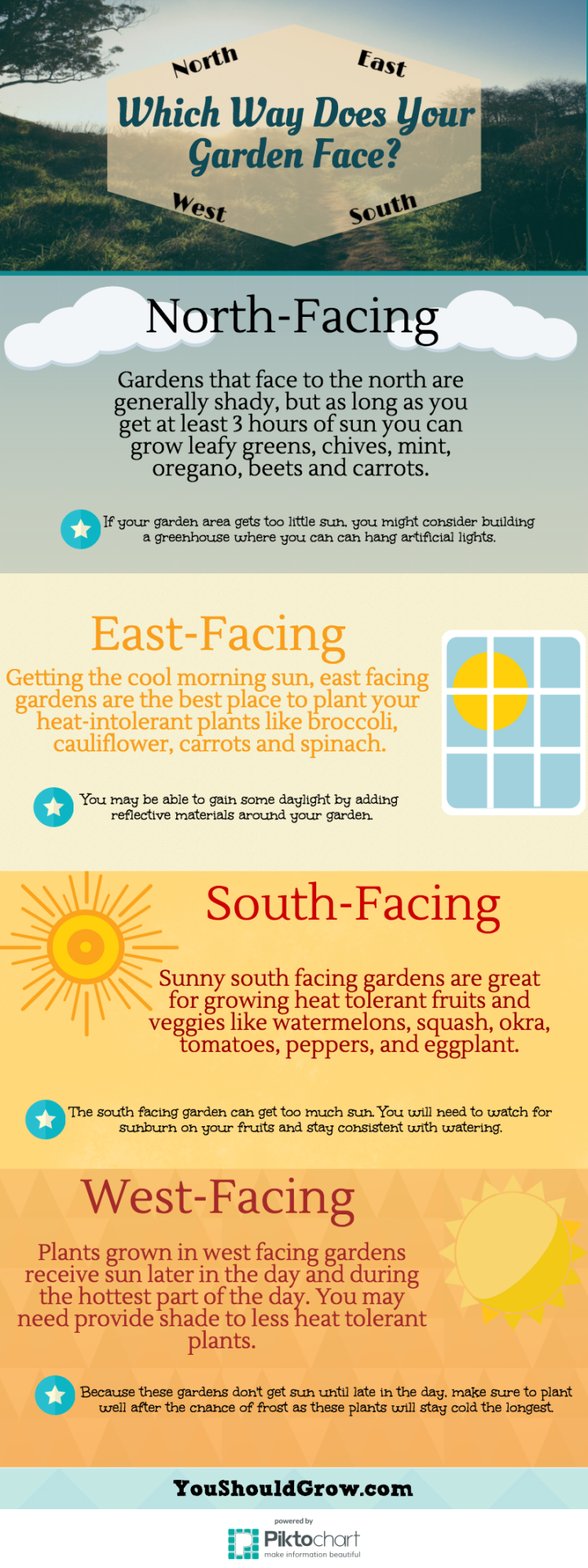
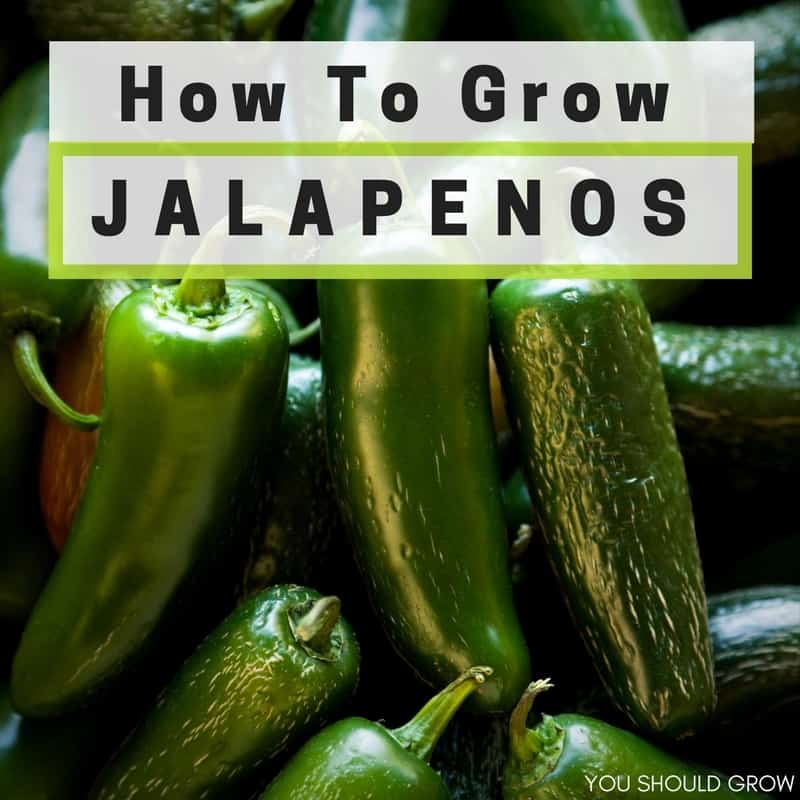
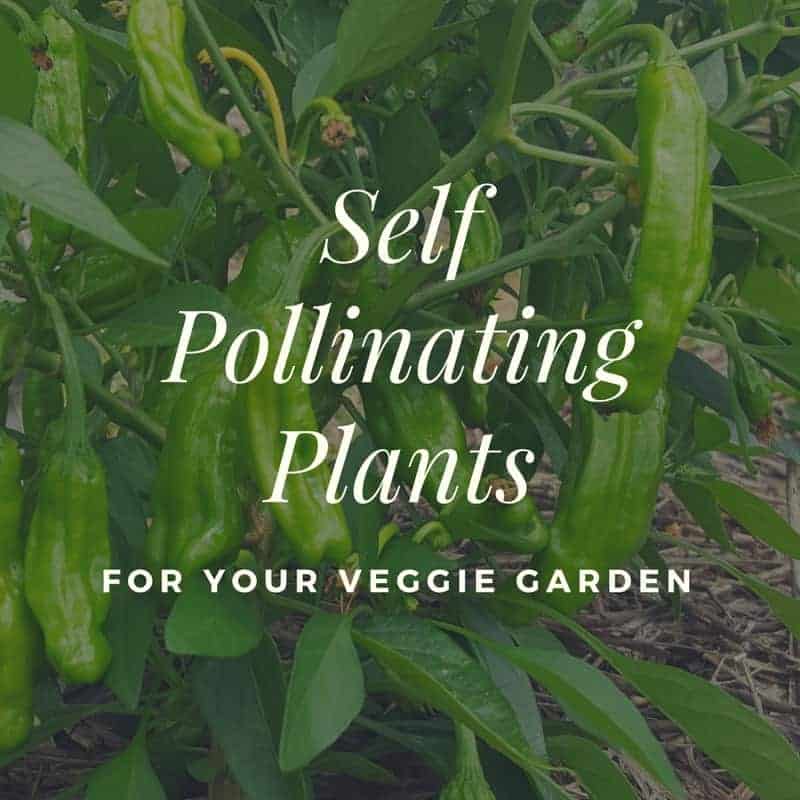
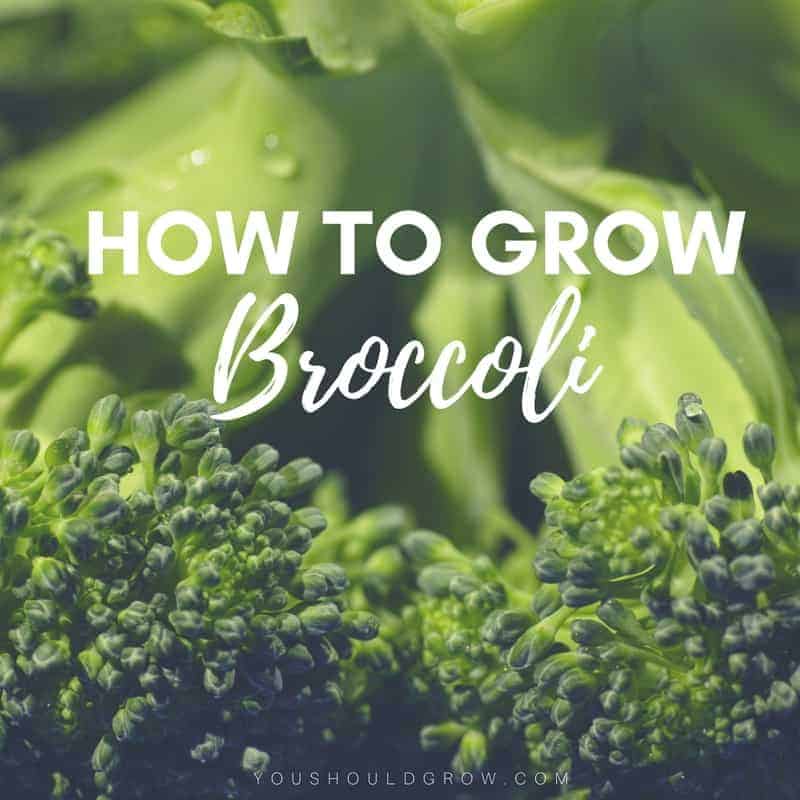
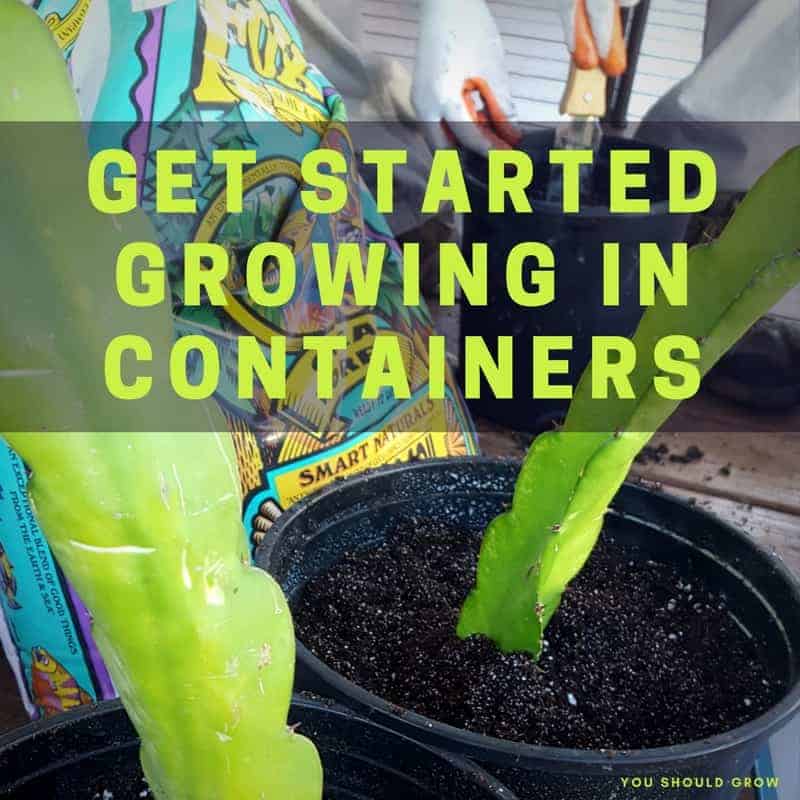
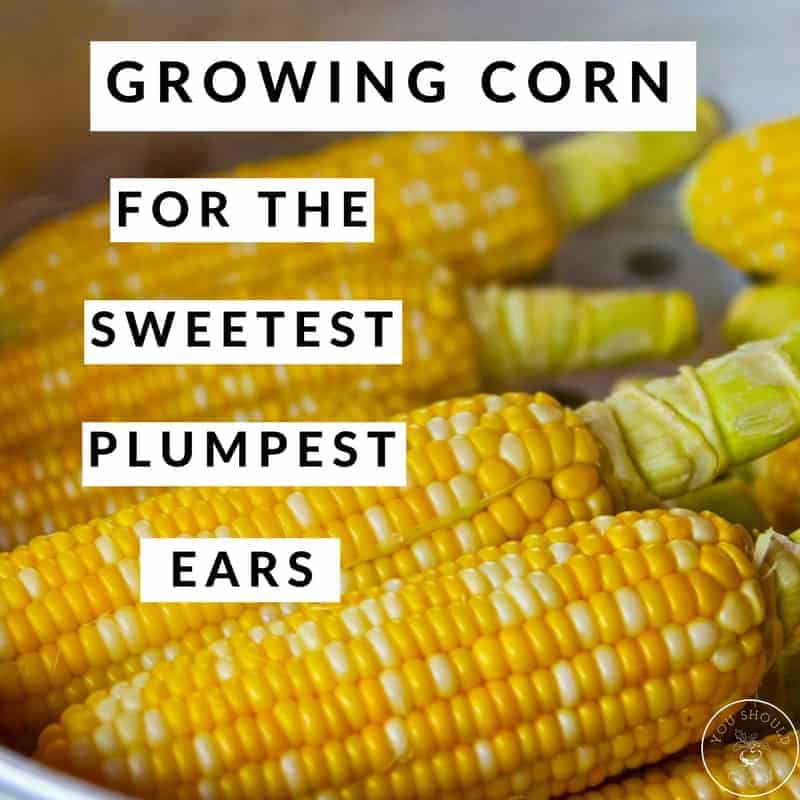
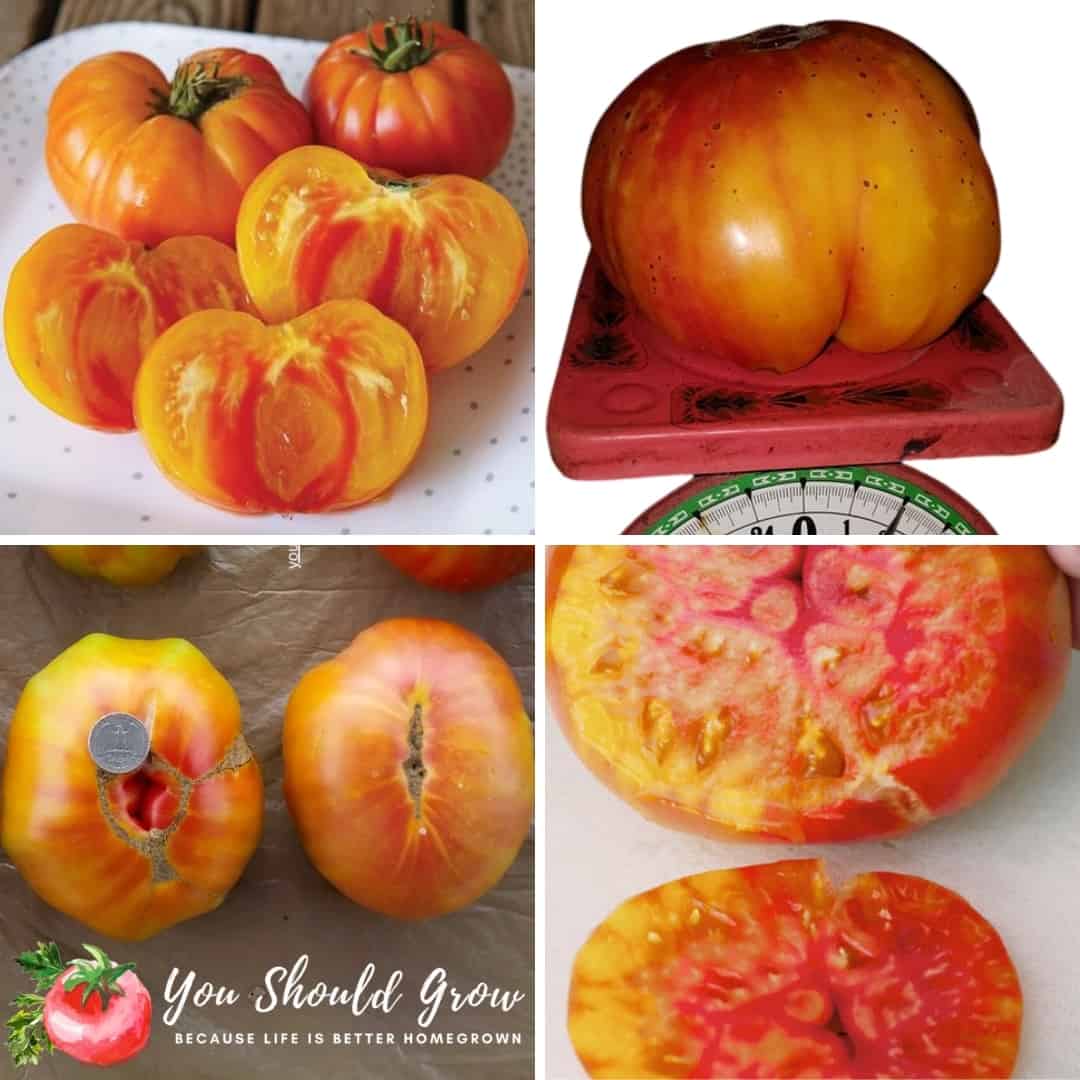
my garden is a square on the ground that faces up! Not sure how a garden faces a particular direction.
I was so confused for a second until I figured out what you are saying. LOL. That’s funny. Let’s try this. Is your garden in your yard at home? If yes, great. Now stand in the place where you live, now face north. Think about direction wonder why you haven’t before. 🤣 🤣 🤣(If you don’t think that’s hilarious click here) But seriously, which direction are you facing when you look at your garden?
He didn’t reply, but I thought your comment deserved a 👍🏻👍🏻. I laughed out loud!
Ha ha ha. Thanks! 🙂
I was confused, too, but it seems that she is mostly talking about things grown on or very near a patio. Our patio is on the north, and is covered, so I only grow things on the east and west edges of the patio, which get enough morning or afternoon sunlight. Most do better if they are a foot or so outside of the cover, bc then they get stronger light for a longer time (from noon to at least 5 pm on the west side).
I was hoping for advice on which way to dig the rows or lay out raised beds. We have always planted rows from east to west, but I’ve heard that you are better off running them north and south bc the sun goes directly over each row for a few hours a day. I’ve heard this N-S advice recently from a gardening expert.
I had no problem understanding “the direction a garden faces” in this article, and none of my neighbors would either. I’m sure it is a regional understanding.
I got the gist of the article, my garden could be a sun dial of sorts since it gets am to pm sun in every direction. Being that I live in East Tx my question is would I need to supply shade of some sort? Temperatures can start in the 70’s and quickly rise.